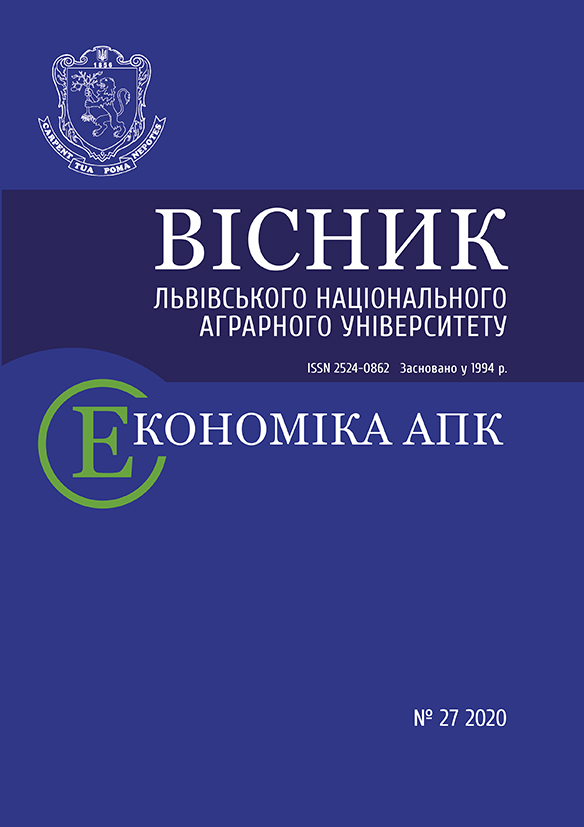Visnyk LNAU: Architecture and Farm Building 2021 №22: 174-178
METHODS OF CREATING AND VISUALIZING CARTOGRAPHIC DATA USING REMOTE SENSING DATA AND GEOGRAPHIC INFORMATION SYSTEMS
Z. Ryzhok, Candidate of Economic Sciences
ORCID ID: 0000-0003-0733-5658
Lviv National Agrarian University
https://doi.org/10.31734/architecture2021.22.174
Annotation
The advantages of geographic information mapping using remote sensing data of the Earth and giving an example of creating maps and terrain profile in the geographic information system ArcGIS Earth are identified. It is investigated that geoinformation mapping is a technological process of collecting and processing geoinformation, formation of geoinformation models, creation and maintenance of territorial data banks, creation of digital maps of the area and electronic maps. ArcGIS Earth geographic information system that was based on the image of space images obtained from USGS-NASA satellites for the sand quarry near the village of Davydiv, Pustomyty district, Lviv region, was used in the process of image relief. The three-dimensional image of the relief of the sand quarry was obtained using the Terrain 3D layer, which provided visualization of the map in the geographic information program ArcGIS Earth. Considering the terrain of the ArcGIS Earth geographic information system, an elevation profile is created, i.e. a graph showing the changes in height along the line based on the image layer of the sand pit in Terrain 3D, showing the slope steepness of 0.56° for the object. A visualization of the steepness of the terrain (5°) is displayed for the object of study, representing the scaled values of the slope of the Terrain: Slope Map layer in ArcGIS Earth. The following is an example of using the Terrain: Aspect Map layer in ArcGIS Earth, which provides a color representation of the terrain using the aspect function, displays the orientation of the slope from 0° to 360°, and for the object of study is 196° north. It is proved that the economic efficiency of the use of satellite images is achieved through an optimal use of natural land erosion protection opportunities, saving time in calculating their erosion risk and funds for erosion measures through the use of thematic layers of the terrain in geographic information systems.Key words
visualization, relief, remote sensing of the Earth, geographic information systems, ArcGIS Earth
Link
- Andrieiev S. M., Zhylin V. A. Method of construction of hypsometric cartographic models of relief according to remote sensing of the Earth. Modern information systems. 2020. No. 4. P. 11–22.
- Luniova O. V., Buhlak O. V. Methodological principles of application of orthotransformed space images for environmental assessment and research software. Ukrainian Journal of Remote Sensing of the Earth. 2019. No. 22. P. 27–34.
- Tarariko O. H., Syrotenko O. V., Ilienko T. V., Kuchma T. L. Agroecological satellite monitoring. Kyiv: Agrarian. Science, 2019. 204 p.
- Terrain: Aspect Map. ArcGIS. URL: https://www.arcgis.com/home/item.html?id=63fe6ad86c3d4536a3c44a0fbad0045e (Accessed May 04, 2021).
- Terrain: Slope Map. ArcGIS. URL: https://www.arcgis.com/home/item.html?id=a1ba14d09df14f42ad6ca3c4bcebf3b4 (Accessed May 06, 2021).
- Zatserkovnyi V. I., Burachek V. H., Zhelezniak O. O., Tereshchenko A. O. Geoinformation systems and databases: monograph. Nizhyn: NDU. M. Gogol, 2017. Book 2. 237 p.



